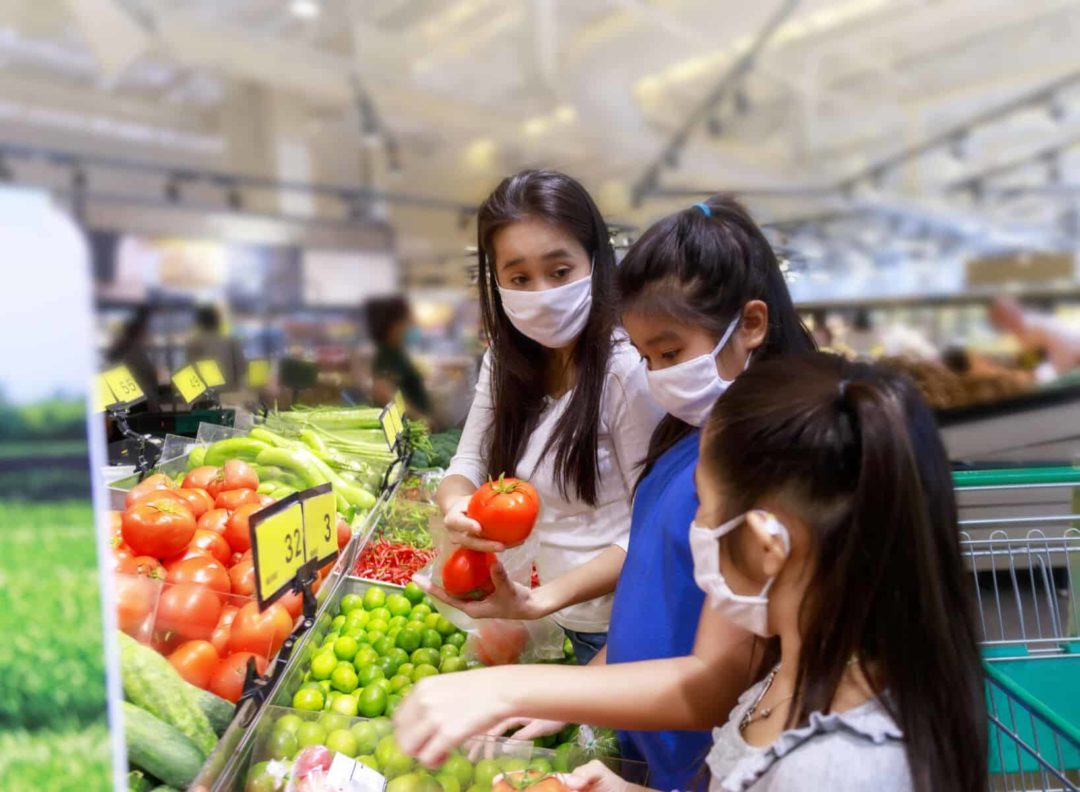The strategies we’ve relied on in the past are inadequate. They don’t give small brands and natural retailers the competitive edge they deserve. Natural brands are responsible for all the key growth trends across every channel. Let’s give you the edge you deserve.
To help retailers and brands find creative solutions to the complicated problems created by the pandemic, I launched a free weekly webinar series in partnership withWholeFoods Magazine. Industry experts collaborated and shared their wisdom and insights, and the series also includes industry surveys about changing shopper buying habits shaped by COVID, online shopping trends, channel shifting and marketing shifts, and more.
One of the best-attended webinars wasHow do You Future Proof Your Store in Uncertain Times?During this talk, we shared creative strategies that brands and retailers can use to gain a significant—and sustainable—competitive advantage. At the heart of this for brands is to always consider: How can I as a brand help a retailer maximize every possible potential?Brands need to step up and help our retail partners, and not expect the retailer to do all the heavy lifting. And retailers should ask for this help from brands. Retailers can’t possibly be experts in every brand they sell and on every customer that shops their store. Retailersneedbrands that are willing and able to provide insights that the retailers don’t have access to on their own, such as how a brand’s unique customer shops, what are other items they buy, and how they use those products after they take them home.
The way it works now: A brand walks into a store with a report, and chances are it hasnothingto do with how the brand is doing inthatstore or thatmarket...it’s the same-old canned report. BUT if a brand takes the time to work with the retailer, it’s a win for the brand, it’s a win for the retailer, and it’s a win for the consumer. For example, I once planned a promotion for facial tissue based on when cold-and-flu season was expected to hit the retailer’s community. This involved:
- Calculating the incremental product needed to support the promotion with no out-of-stocks at the new price with features and displays.
- Allocating the product across every store in the chain.
- Calculating the incremental complementary product needed (like soup, cold and cough remedies, etc.).
- Scheduling the endcaps.
The old strategies are not designed to differentiate the brands, and that’s why small independents can’t compete effectively. Brands need to step up. And importantly, strategies like the one discussed above, and the many strategies in the series, are even more relevant as we strive to return to a new normal. Inspired by the webinar series, I launched a30 Days to Prosperity Challenge, where a lot of the key learnings are organized into short foundational business-building lessons. It will help you confidently grow and scale your business, build a connected community of loyal evangelists, and multiply you impact, sales, and profits. The best way to Future Proof Your Business is to adopt strategies others overlook. Access the free webinars atRetailSolved.com/Events.









